Q&A Wednesday: Recovering the lost Yerushalmi, with Elyashiv Cherlow
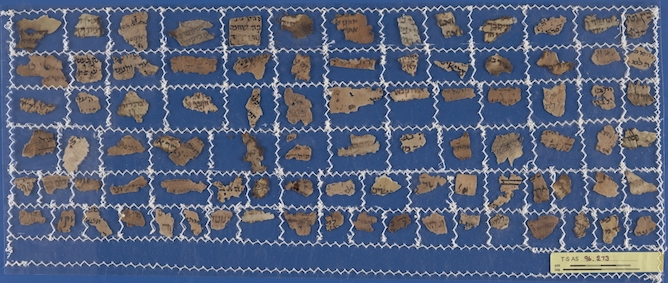
Elyashiv, what are you working on at the moment?
I’ve been looking at tiny fragments in T-S AS 96. One of my guilty pleasures is to look at Genizah fragments and try to identify them. I then look for other pieces that might go with the fragment I’m looking at. They often have very little connection to my research, so I will pass them onto other researchers. If I find anything connected to the Jerusalem Talmud – the Yerushalmi – I study them myself. While I was looking for something else in T-S AS 96, I found two tiny fragments in the language of the Jerusalem Talmud: T-S AS 96.271 [23] and T-S AS 96.273 [7].
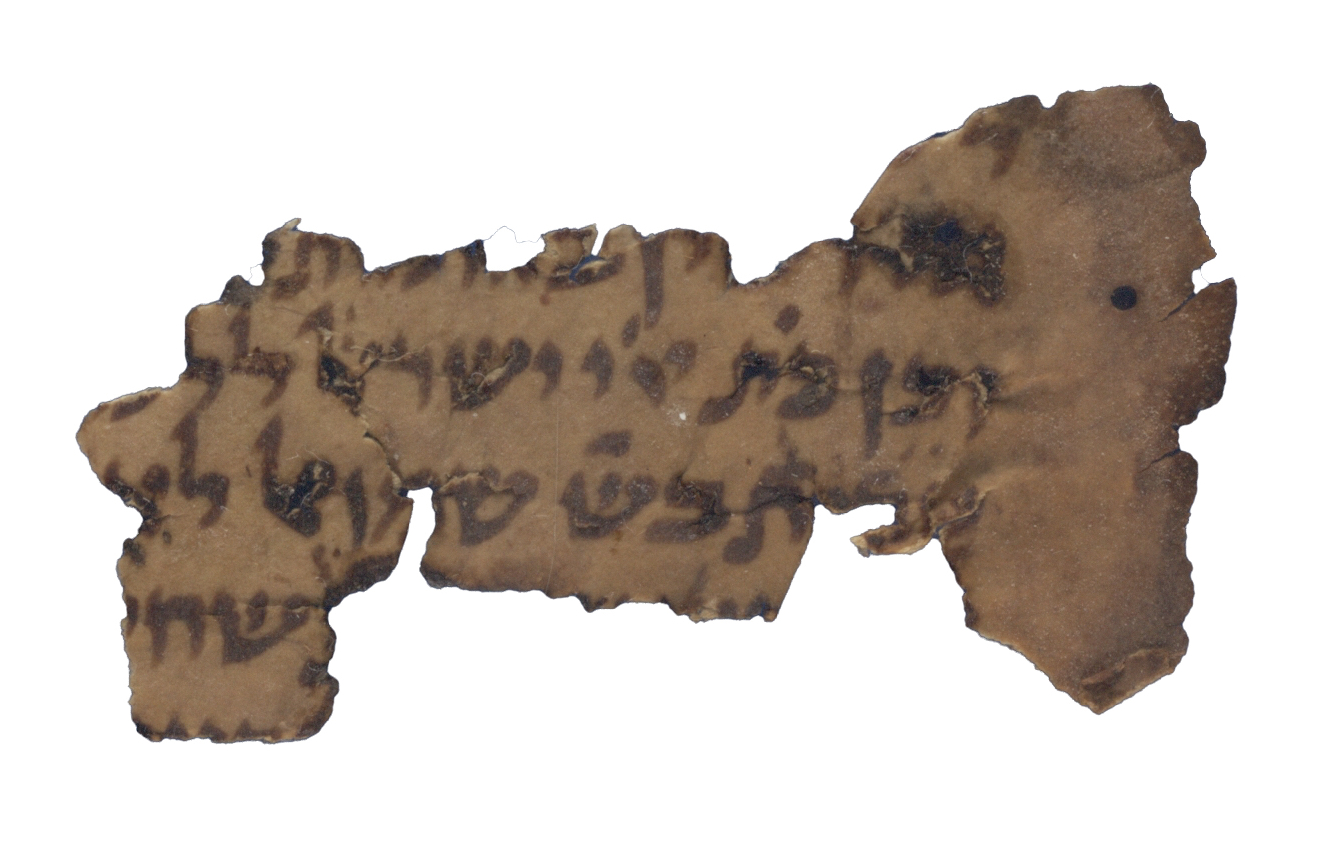
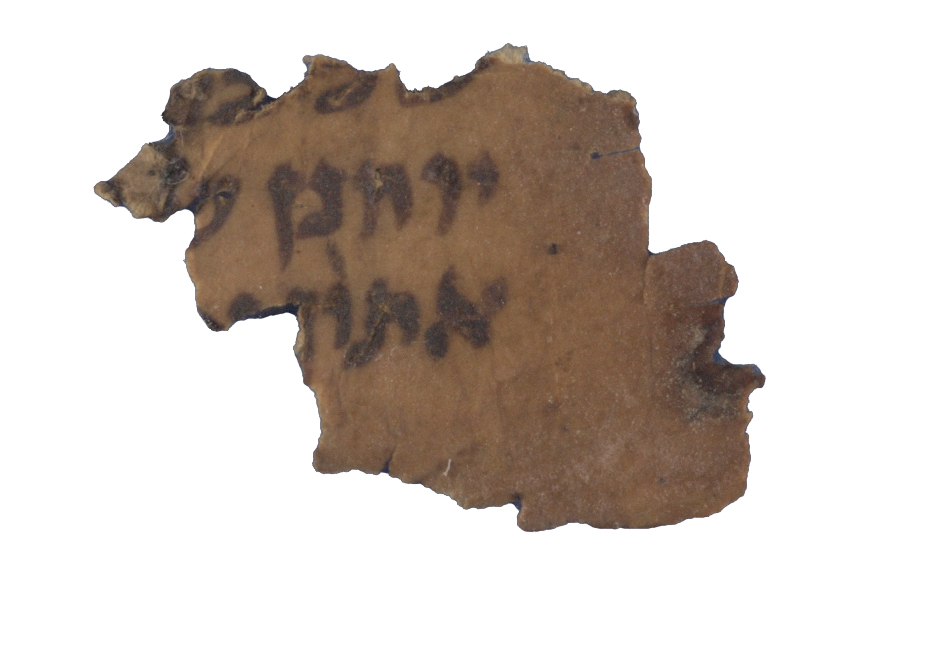
Pictured, from left to right: T-S AS 96.271 [23] (recto), T-S AS 96.273 [7] (recto).
These really are tiny fragments, just a few centimetres! What is their significance?
The Jerusalem Talmud wasn’t transmitted well, and there’s only one surviving complete copy of it – written in Italy at the end of the 13th century. It’s not a very good manuscript. The Genizah fragments are therefore very important for the textual history of the Yerushalmi. A couple of years ago, Yaacov Sussmann’s Ginze Yerushalmi was published, which brings together all the Genizah fragments of the Jerusalem Talmud. It’s an incredibly useful publication.
How many different copies of the Jerusalem Talmud are attested in the Genizah?
Around 60-70. Often these are copies just of one tractate or even of just one page.
Are there certain tractates that are more popular than others?
There are. The first tractate, Berakhot, is attested by many copies, as is tractate Shekalim (which is not found in the Babylonian Talmud, so the Yerushalmi is the only source for it). You can never be sure if it’s significant or due to chance preservation. There are also some tractates that are not found at all in the Genizah.
Can you tell us about the text in these tiny fragments?
Well, the text isn’t part of the Jerusalem Talmud that we have today. There is a passage at the end of tractate Avodah Zarah that is known to be missing from the extant editions of the Yerushalmi. The passage is quoted by medieval commentators but since it does not appear in the surviving complete edition of the Yerushalmi, scholars have wondered if it has been lost, or whether it was in fact not an original part of the tractate but rather a supplemental text that became appended to the end of Avodah Zarah in some medieval copies. In 1996 Professor Menachem Katz published an article that tried to collect all the references to this passage by medieval scholars, and offered a reconstruction and rationalisation for why the passage might have originally been included in the tractate. It was very exciting to realise the two tiny fragments I had found were the first direct textual witness of this missing passage!
What is the topic of the text?
The missing passage deals with the 7 Noahide commandments, which were given to the gentiles. In the two tiny fragments, one side contains a baraita listing the Noahide commandments, and the other side discuses divorce for non-Jews, and ‘eshet yefat to’ar. The presence of these three topics in one place is enough to establish that it’s the passage that medieval scholars were referring to.
What will you do next?
I’m hoping to publish the discovery in a forthcoming article, and I will keep looking for more pieces of the manuscript. There are a couple of other fragments from a manuscript of Avodah Zarah (T-S AS 81.97 + Antonin 999 + T-S NS 162.180-181 + T-S F17.46), and the text extends almost to the point covered by these minute fragments. The other manuscript looks very similar in terms of script, ligatures, and letter and line dimensions, but I haven’t been able to establish yet whether the minute fragments are in fact from this manuscript.
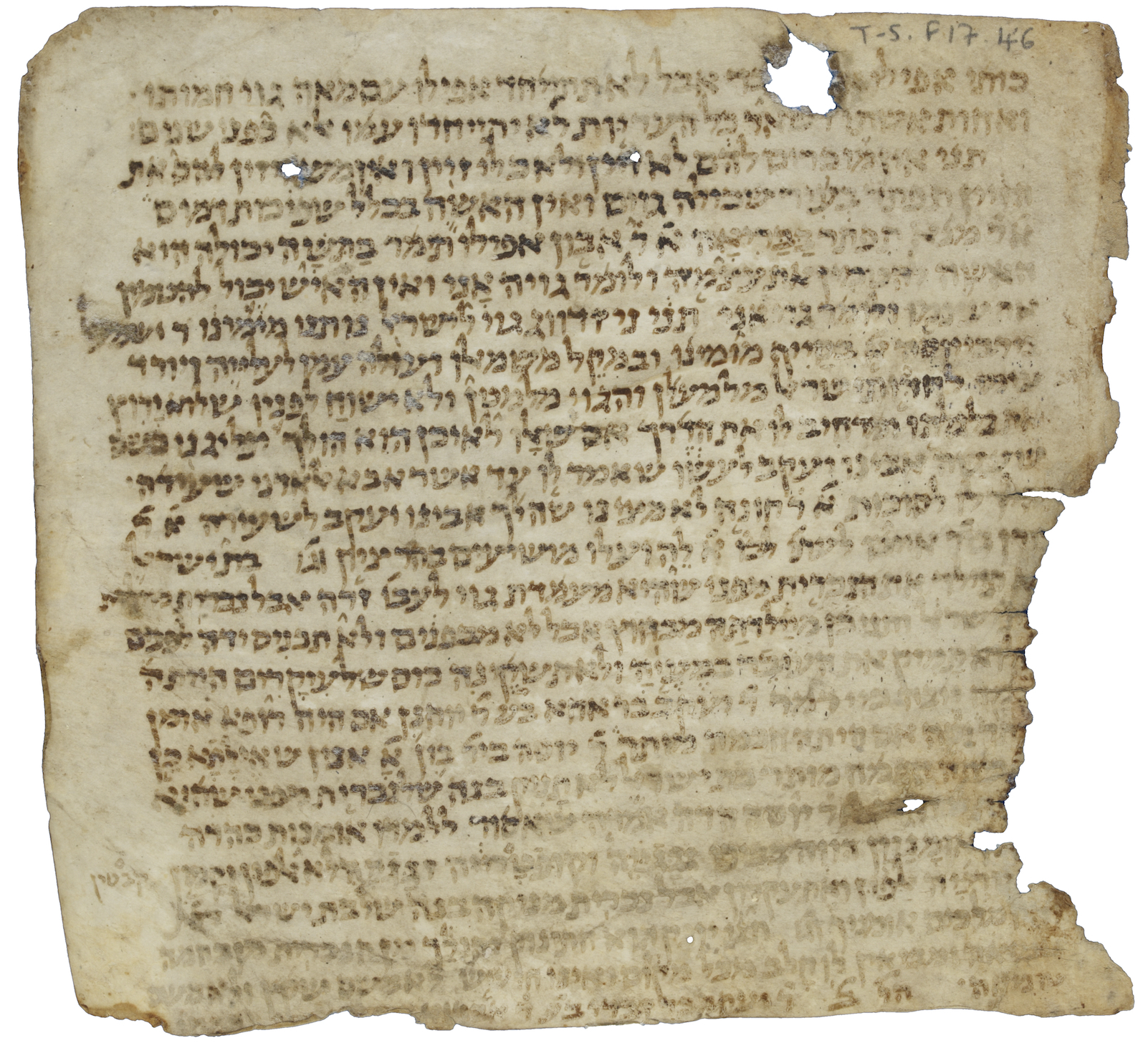
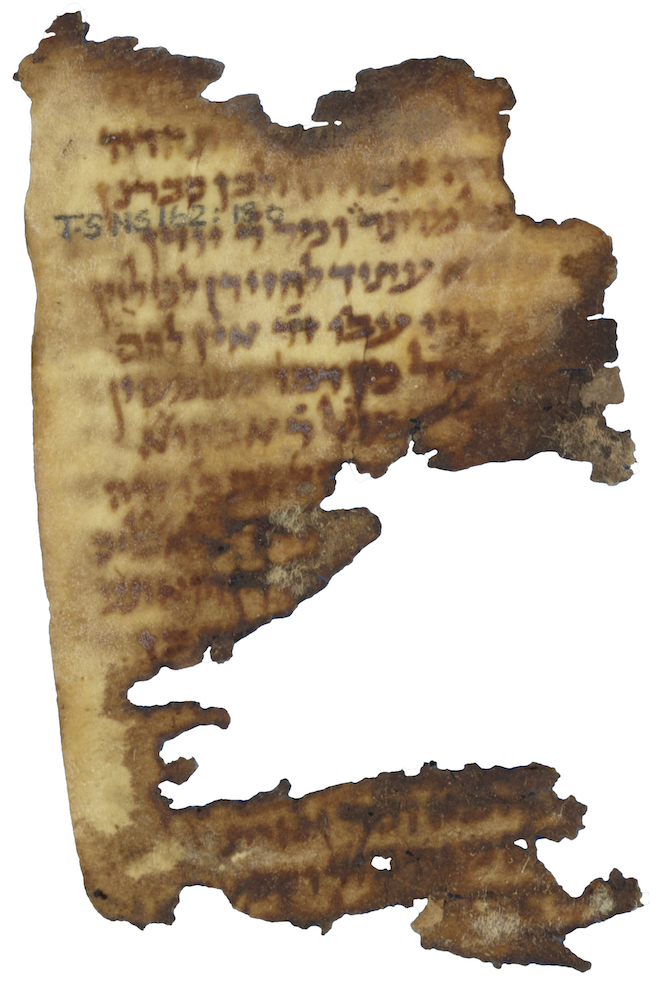
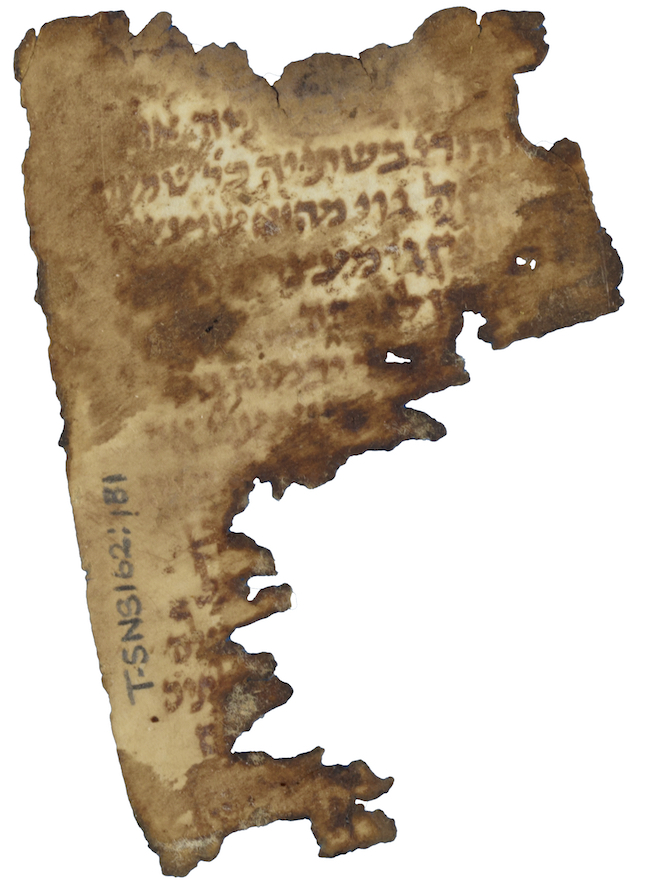
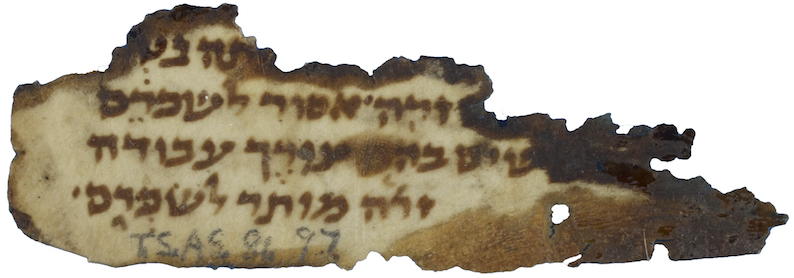
Pictured, from left to right: T-S F17.46 (recto), T-S NS 162.180 (recto), T-S NS 162.181 (recto), T-S AS 81.97 (recto). Note that T-S AS 81.97 is suffering from 'spontaneous gelatinisation'.
Let’s see if we can find out whether these fragments are all from the same manuscript.
That would be great.
I’ve roped in Ben Outhwaite and we have just taken a look at all of the Cambridge fragments in person. The parchment of the minute fragments is now a different shade to the larger pieces of Avodah Zarah, but after comparing all the fragments side by side and checking the script, ligatures, line spacing, we are…. (drumroll) … pretty sure that they are all from the same manuscript!
What wonderful news! Thank you very much!
Thanks for your time, Elyashiv.
Elyashiv Cherlow is a PhD student at the Hebrew University of Jerusalem.

Comments
Please provide an email
Please provide an email address (via regular email) at which I can contact Elyashiv Cherlow directly. Thank you.
Contact details
Dear Shlomo, if you send us an email at genizah@lib.cam.ac.uk, we will pass it on to Elyashiv, so that he can get in touch with you.
Dear Shlomo and all
Dear Shlomo and all
My email address is Elyashiv.cherlow@mail.huji.ac.il.
Shana Tova!
Elyashiv
Add new comment